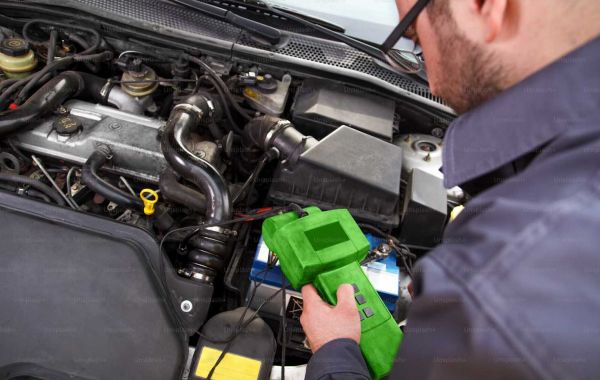Understanding the Difference: Paint vs. Empty Paint Cans
The disposal of paint cans largely depends on whether the can is empty and what’s left inside. If a paint can is completely empty with no remaining paint residue, it’s typically safe to dispose of it in your regular waste or take it to a household waste recycling centre. However, if there is any leftover paint, particularly liquid paint, special disposal methods are necessary due to its hazardous properties.
Why Paint Cans Can Be Hazardous Waste
Some types of paint, especially oil-based paints, contain harmful chemicals that classify them as hazardous waste. These chemicals may include solvents, lead, and volatile organic compounds (VOCs), which can be toxic to both the environment and human health if not disposed of correctly. Even small amounts of leftover paint can pose risks, which is why it’s crucial not to pour paint down drains or mix it with regular rubbish.
What About Liquid Paint?
Liquid paint, whether water-based or oil-based, should never be disposed of in regular household waste or poured into drains. Many local councils and household recycling centres have dedicated services for safe paint disposal. It's essential to contact your local recycling centre to confirm whether they accept paint tins and leftover materials and to find out the proper disposal procedure.
Disposing of Paint Cans Safely
While empty and dry paint cans are generally not classified as hazardous, leftover paint requires careful attention. Both water-based and oil-based paints need to be disposed of properly to prevent environmental damage and ensure compliance with regulations.
Here’s what you can do with leftover paint:
Use a Paint Hardener: If you have small amounts of leftover paint, a commercial paint hardener can solidify the paint, making it easier and safer to dispose of. Alternatively, you can mix the paint with cat litter to speed up the drying process.
Allow Paint to Dry Naturally: For water-based paints, leave the can open in a well-ventilated area until the paint has dried completely. Once the paint has hardened, the empty tin can often be recycled at your local centre.
Arrange for Hazardous Waste Collection: For larger quantities of oil-based paints or other hazardous liquid waste, it’s best to contact a hazardous waste collection service to ensure the paint is handled and disposed of safely and in compliance with local regulations.
Contact a Professional Waste Management Provider
If you are unsure about the disposal options available for paint or other hazardous materials in your area, contact your local county council or a professional waste management service. They can offer guidance and help ensure that your waste is disposed of safely and responsibly.
Proper disposal of paint and paint cans not only protects the environment but also ensures you’re complying with local laws. By following the correct procedures, we can all contribute to a cleaner, healthier world.







